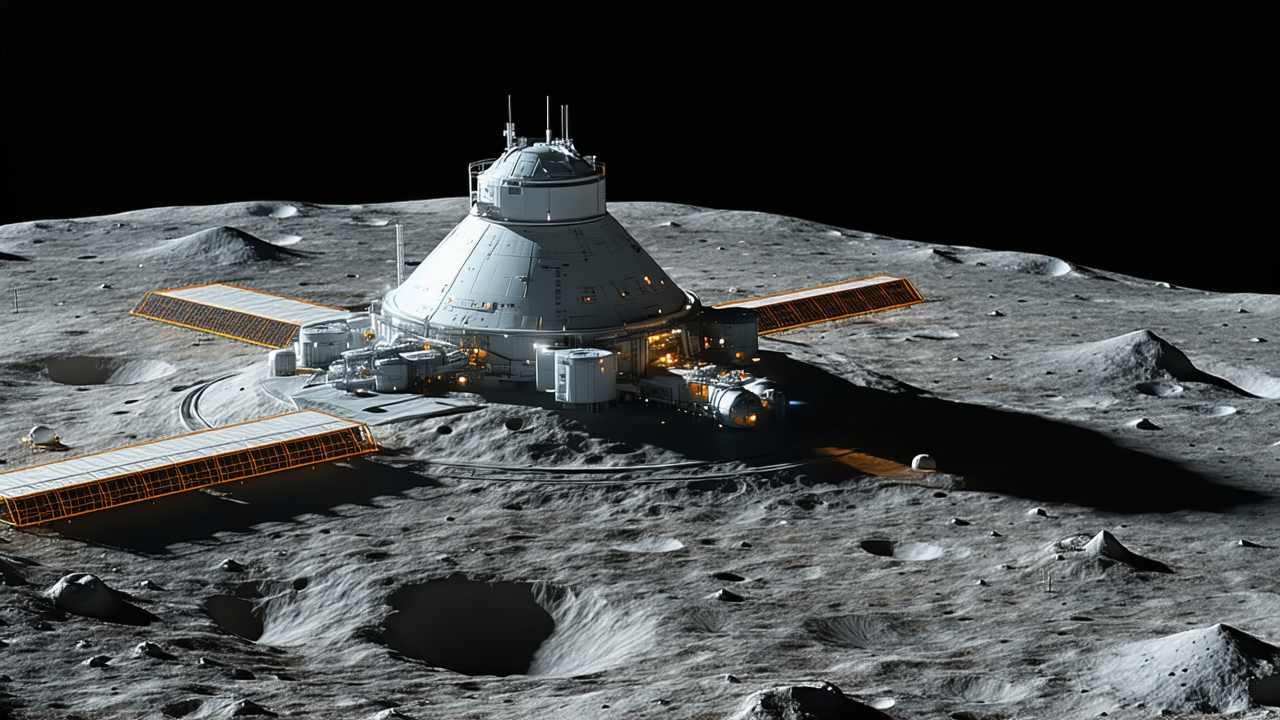NASA Accelerates Plan to Deploy Nuclear Reactor on the Moon by 2030
NASA to Fast-Track Plan to Put Nuclear Reactor on the Moon by 2030
As the space race intensifies, the United States is stepping up its efforts to establish a long-term human presence on the Moon. US Transportation Secretary Sean Duffy has directed NASA to fast-track a plan to deploy a nuclear reactor on the Moon by 2030. This move is part of a broader strategy to ensure the US leads in lunar and space exploration, not only for scientific and technological advancement but also to secure strategic and economic advantages.
A Game-Changing Technology for Lunar Survival
A nuclear reactor on the Moon would be a game-changer for sustaining long-term human missions. Unlike solar panels, which are ineffective during the two-week-long lunar night, a nuclear reactor can provide continuous power, essential for maintaining life-support systems, scientific experiments, and communication networks. This is especially crucial as NASA aims to establish a lasting human presence at the Moon's south pole, a region rich in potential resources.
NASA has already been investing in nuclear reactor research for over two decades. In 2022, the agency awarded contracts for designs that could generate up to 40 kilowatts of power, intended for demonstration purposes. Now, the goal has evolved: a reactor capable of producing 100 kilowatts of power, enough to support up to 100 households, must be ready for deployment by the end of 2029.
A Strategic Move in the Lunar Race
Duffy's directive comes amid growing competition in the lunar arena. China and Russia have announced plans to explore the possibility of establishing a joint lunar base with a nuclear power station by the mid-2030s. According to Duffy, the first nation to successfully deploy a nuclear reactor on the Moon could claim a strategic advantage, potentially creating a 'keep-out zone' to prevent other nations from establishing their own lunar presence.
This concern is rooted in the Artemis Accords, an international agreement signed by 56 countries, including Australia, to establish principles for peaceful cooperation on the Moon. The agreement includes provisions for 'safety zones' around lunar operations, and while China has not signed on, its growing influence in space exploration cannot be ignored.
What Lies Beneath the Moon's Surface?
Beyond the technological and strategic motivations, the Moon holds significant economic and scientific value. NASA has highlighted the presence of water ice in shadowed craters, which could be used for drinking and converted into rocket fuel. Helium-3, a rare isotope, could contribute to future nuclear fusion energy projects. Rare earth metals, essential for modern technology, are also abundant, offering potential economic benefits for countries that can extract and utilize them.
China, in particular, has made remarkable strides in space exploration, including landing a rover on Mars and establishing a manned space station. Its ambitions for a lunar base and Mars missions have added a layer of geopolitical rivalry to the ongoing space race.
Looking Ahead: A Lunar Economy and Mars Exploration
The deployment of a nuclear reactor on the Moon is not just about survival—it's about building a foundation for a future lunar economy. As Duffy emphasized, this technology will be critical for long-term missions and could pave the way for future Mars exploration. It also strengthens national security in space, a domain that is increasingly important in the 21st century.
With the Artemis program set to send four astronauts to the Moon in 2026, the race to establish a lasting human presence on Earth's natural satellite has never been more intense. As the first nation to deploy a nuclear reactor on the Moon, the US aims to secure its position as a leader in this new era of space exploration and cooperation.
